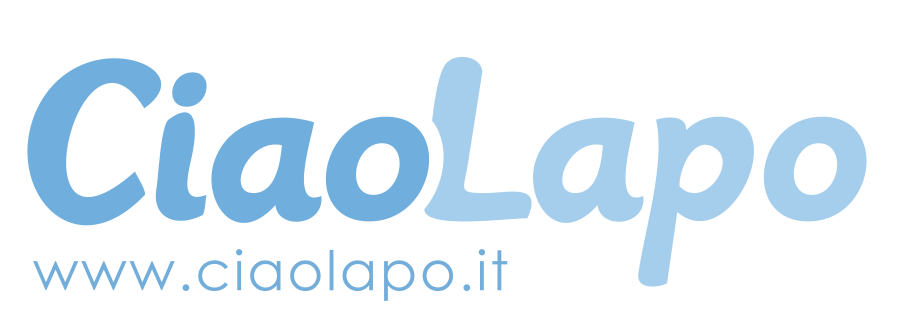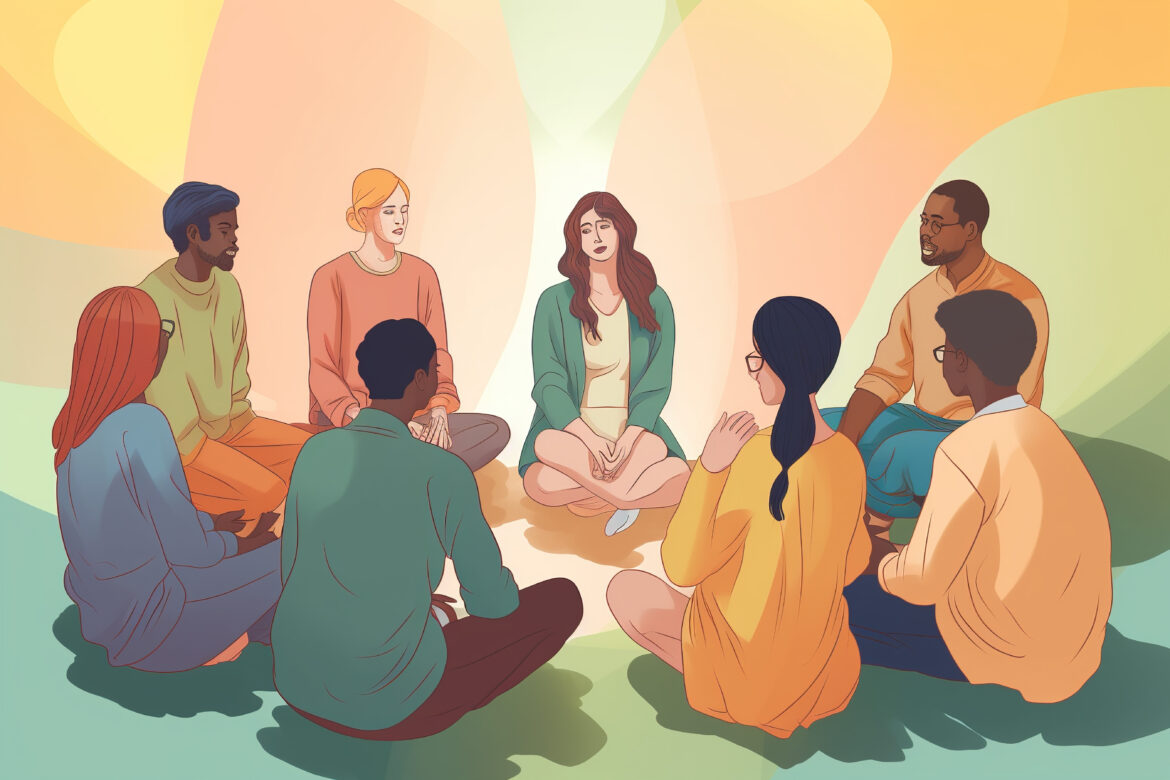The Perinatal Bereavement Self-Help Group (GAMA) is a protected space for dialogue and sharing where single or couple parents meet after the loss of a child in the perinatal period, that is, from conception until one year after birth. The goal of the group is to share resources and tools for dealing with perinatal grief and coping with the most common pitfalls associated with this process.
The group of Self-help for perinatal bereavement is a tool for grieving through sharing with others who share the suffering from the loss of a child during pregnancy or after birth (e.g., due to miscarriage, death in utero, termination of pregnancy due to pathology, severe prematurity, neonatal pathology, SIDS, etc.).
Participation in the group involves sharing one’s experience of grief with other participants and sharing the grieving process in everyday life. Women, partners, and couples with experience of loss during pregnancy and after birth can participate in the group, regardless of the cause that led to the death of the expected baby, regardless of gestational age or the age of the newborn.The focus of the perinatal bereavement self-help group is on sharing grief and the process of coping.
To enter the group, there are two interviews: one with CiaoLapo workers Cristina P. and Lucia and an entry interview with the facilitators of the relevant AMA group: you can ask for information at this email.
Speaking today about the self-help model promoted by CiaoLapo are Dr. Claudia Ravaldi (CR), founder of CiaoLapo, and Dr. Cristina Fiore (CF), a CiaoLapo collaborator, contact person for the association’s activities in Liguria and co-constructor of the model for GAMA.
When did CiaoLapo start self-help and how do you deal with it?
CR: CiaoLapo has been involved in self-help in perinatal bereavement since 2007; in all these years we have:
- Curated several self-help projects for women and couples affected by perinatal bereavement;
- promoted self-help activities for women and couples struggling with pregnancy following a loss;
- carried out self-help groups both online and vis a vis: we started with a chatroom within our website, moved on to occupy the physical spaces of libraries and community halls, and then returned to platforms such as zoom or meet during the pandemic;
- we have developed a pioneering (the first specific groups in Italy for this type of bereavement) and prototypical model (we have developed a model on theoretical and experiential foundations that we are now reproducing in numerous Italian realities).
- we have trained more than 100 facilitators, including peers and professionals, in the facilitation of self-help groups
How did CiaoLapo’s GAMAs for perinatal bereavement support come about? What are they inspired by?
CF: CiaoLapo’s self-help groups were born. from the meeting of Claudia Ravaldi and Cristina Fiore after years of study and fieldwork: sharing their previous rich professional experience in group management of psychotherapy, psychoeducation, listening, and parenting coaching, combined with various theoretical models of reference, Claudia and Cristina have packaged A new model of self-help, which was not there before. Until 2008, self-help groups for perinatal bereavement in Italy did not exist, and people affected by this type of loss had no concrete references to share their experiences in protected and salutogenic settings.
CiaoLapo’s self-help groups for parents affected by perinatal bereavement are a space in which to effectively and empathetically care for bereaved parents , using the inherent strength of self-help groups expertly combined with the tools of listening and support groups to cor-respond to the complex reality of perinatal bereavement.
What does a self-help group mean?
CR: The correct definition is this: Self-help groups are formed by people who share common problems or experiences and meet to give and receive support. Self-help groups represent a special type of community coping, in which people with the same condition learn to cope with complexity together. Self-help groups can accelerate the coping process and reduce feelings of inadequacy, stigma and isolation. During times of stress and emotional difficulties, knowing that others have similar problems and openly share difficulties and resources can indeed be extremely reassuring. In addition, seeing others’ problems improve can be a source of hope and motivation.
CF: However, in these years of studying self-help, in Italy and other countries, a very colorful and uneven picture of self-help has emerged, which is often difficult to understand, read and interpret: under the label self-help today we can really find everything, even things that are very far apart and with each other and not overlapping, from self-managed telegram groups to parish meetings. This unevenness, coupled with a widespread lack of clarity can frighten people, create unrealistic expectations, and fuel cultural biases about self-help groups and grief counseling. Instead, it is very important for people affected by perinatal bereavement to know what self-help is and how it works and why it is important that the sharing environment is protected so they can make informed choices.
Why does each self-help group under the CiaoLapo model have a trained facilitator and co-facilitator?
CR and CF: Unfortunately, so many realities deviate widely from the models governing self-help in bereavement, especially with regard to group structure and facilitator training. During the pandemic, with the swarming of online services, we realized that there is often a gulf between saying “I facilitatea self-helpgroup” and actually being a facilitator of a self-help group: the same as there is between “doing for the sake of doing” and “doing good the good.”
In our opinion, when coming into contact with and handling such profound suffering and such laborious and delicate self-reconstruction as that of women and couples affected by perinatal bereavement, it is imperative to have responsibility, competence, preparation and, above all, great caution: the bereaved are vulnerable; we have unfortunately seen numerous times that poor facilitation can cause further pain and difficulty in people who are already amply tried, slow down the process of processing or add discomfort, misunderstanding or suffering.
We must remember that the group works because it stirs emotions, problems and resources, activating emotions and cor-respondences, both in facilitators and users. The facilitator is immersed in a circular whirlwind of experiences punctuated by major emotional peaks, and the user, in this circular whirlwind, opens up to his or her own story and welcomes the story of others into it, feeling understood and reabsorbed, but also somewhat tossed around and sucked in by the intensity of all the emotions felt. So facilitation is not just arranging chairs in a circle, greeting, taking turns filling a time with words, nor is it putting 50 people in the same telegram or whatsapp group, filling the space with catchphrases or emoticons. Rather, it is a matter of navigating through the whirlwind, keeping the course and the tiller straight for oneself as facilitators and for the group, until the group members themselves, one by one, learn to navigate through the whirlwind and hold the course for all.


